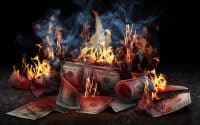
This post may contain links from our sponsors and affiliates, and Flywheel Publishing may receive
compensation for actions taken through them.
Tariffs have jumped into the headlines once again in recent weeks as Donald Trump has made several promises about raising tariffs on many of the United States’ trading partners. But tariffs are not new, so which products are Americans already paying a premium on because of existing tariffs? Which tariffs are the most expensive, and why?
24/7 Wall St. Key Points:
- Tariffs are generally self-defeating and harm the industries they’re supposed to protect.
- The schedule of U.S. tariffs is almost as long as the U.S. tax code.
- Also: Take this quiz to see if you’re on track to retire (Sponsored)
The schedule of U.S. tariffs is long and complicated, rivaling even the length and complexity of the infamous U.S. tax code. We consulted with various online resources to find the highest average tariffs. Because each tariff can be extremely niche and there are so many categories, the best way is to compare the tariffs by broad category, instead of specific product.
Background on Tariffs
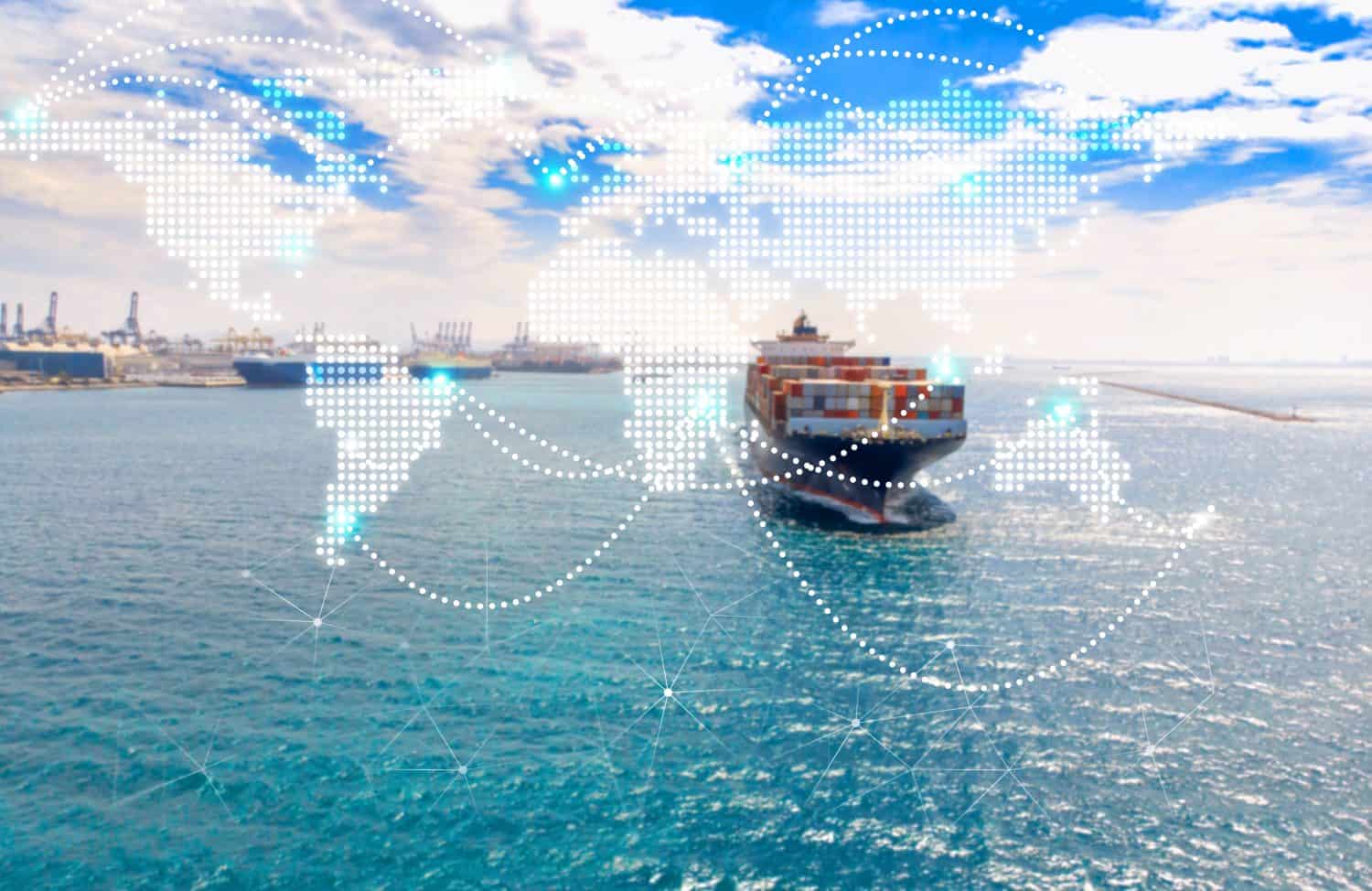
Economists, political scientists, and other experts agree, nearly unanimously, that tariffs are self-defeating and damaging to the countries that impose them. Generally, when a country imposes tariffs, especially those that are especially high, it is due to rampant corruption, blatant ignorance, or both. Economists recommend open and free trade as a better alternative to tariffs.
Politicians will impose tariffs to protect domestic industries, punish geopolitical rivals, or gain political favors. But tariffs always hurt the importer, the exporter, and the end consumer, with the consumer paying the cost of the tariff and generally suffering the most.
High tariffs, applied without reason or thought for their impact, can destroy an entire economy and drive a population into poverty.
If there are products with unusually high tariffs, you can usually assume at least one of a few things: politicians have been bought and persuaded by lobbyists from that industry to make foreign goods more expensive, the leaders don’t understand how tariffs work, or those in charge of the tariffs have some financial stake in protecting domestic production from cheaper foreign competitors.
Petroleum
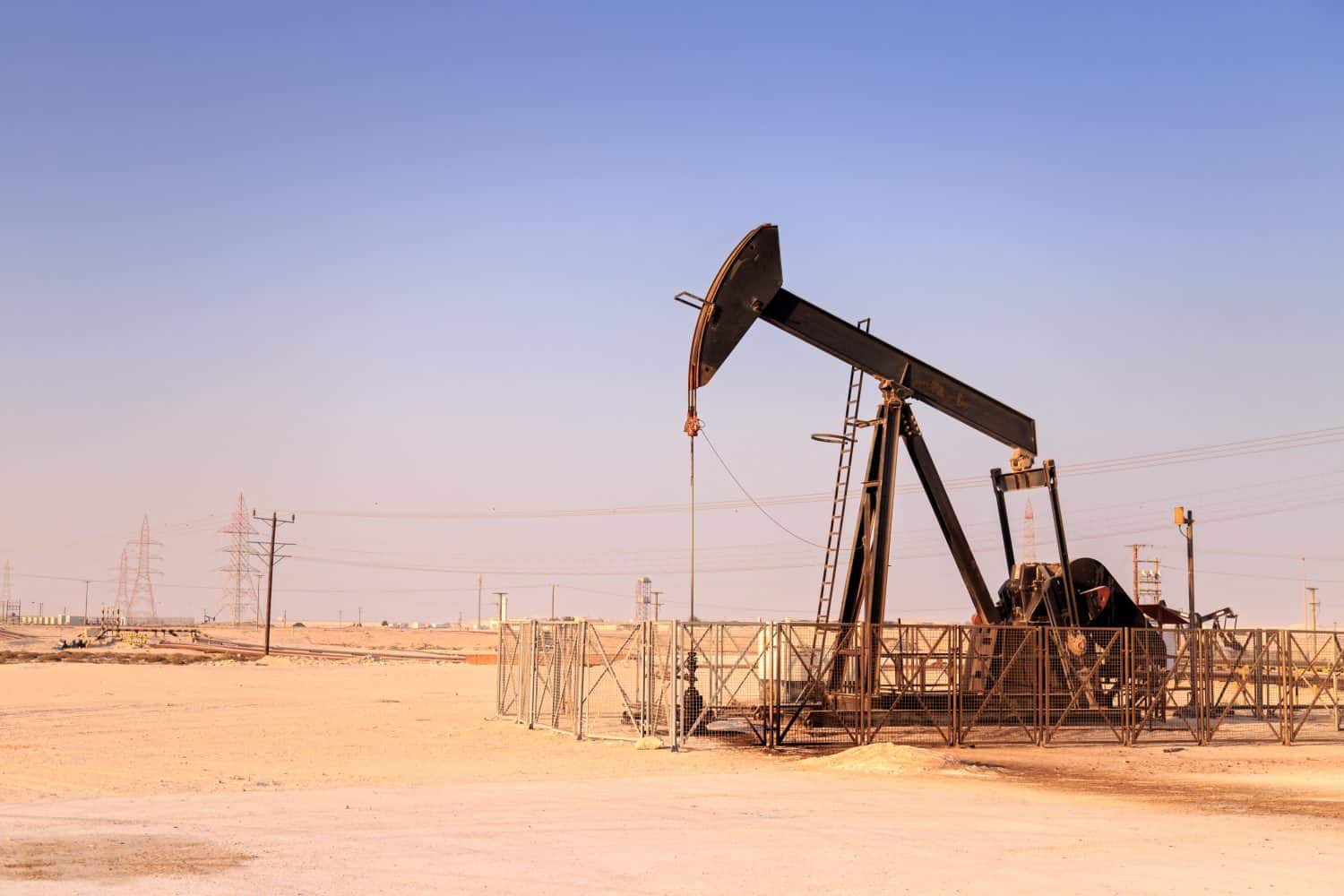
- Average tariffs: 6.5%
The finances and politics of the American oil industry is far too complicated for us to even begin exploring in one paragraph, but suffice it to say that U.S. politicians view American oil independence as a high priority, yet they can’t entirely cut off foreign oil imports because our entire society depends on having cheap and plentiful oil.
Oilseeds, Fats, and Oils
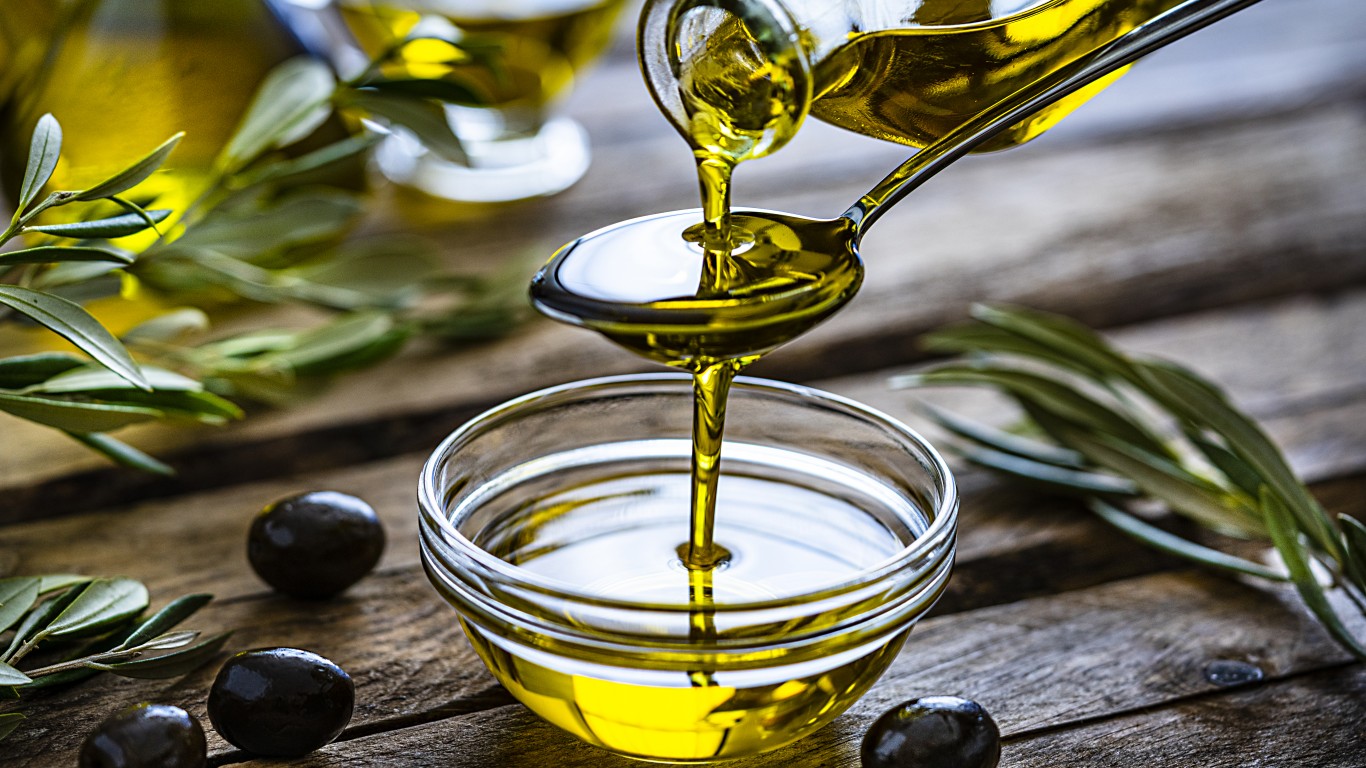
- Average tariffs: 7.2%
This includes oils, fats, and other similar products both for home use and industrial use. The reason why these tariffs are so much higher than other products is probably because they are agricultural products, and like other farm products, they are the beneficiaries of strong American protectionism.
Textiles
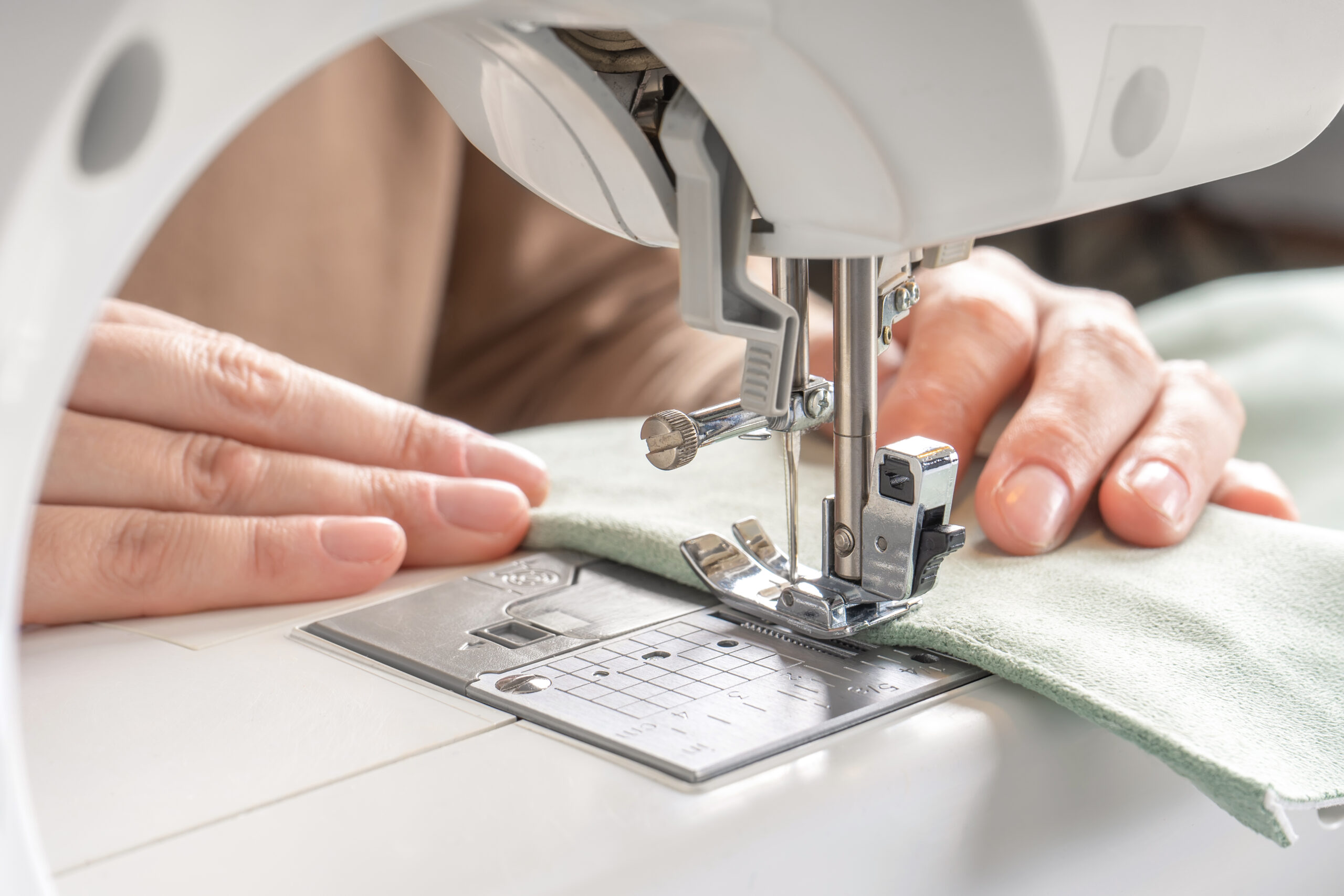
- Average tariffs: 7.9%
This includes all kinds of fabric and textiles. The textile industry in the United States is the second-largest exporter of textiles in the world. Industry leaders have been open and clear about working (colluding, lobbying) with government leaders to prevent cheaper imports from China from harming domestic production.
Sugar and Confectionery Products
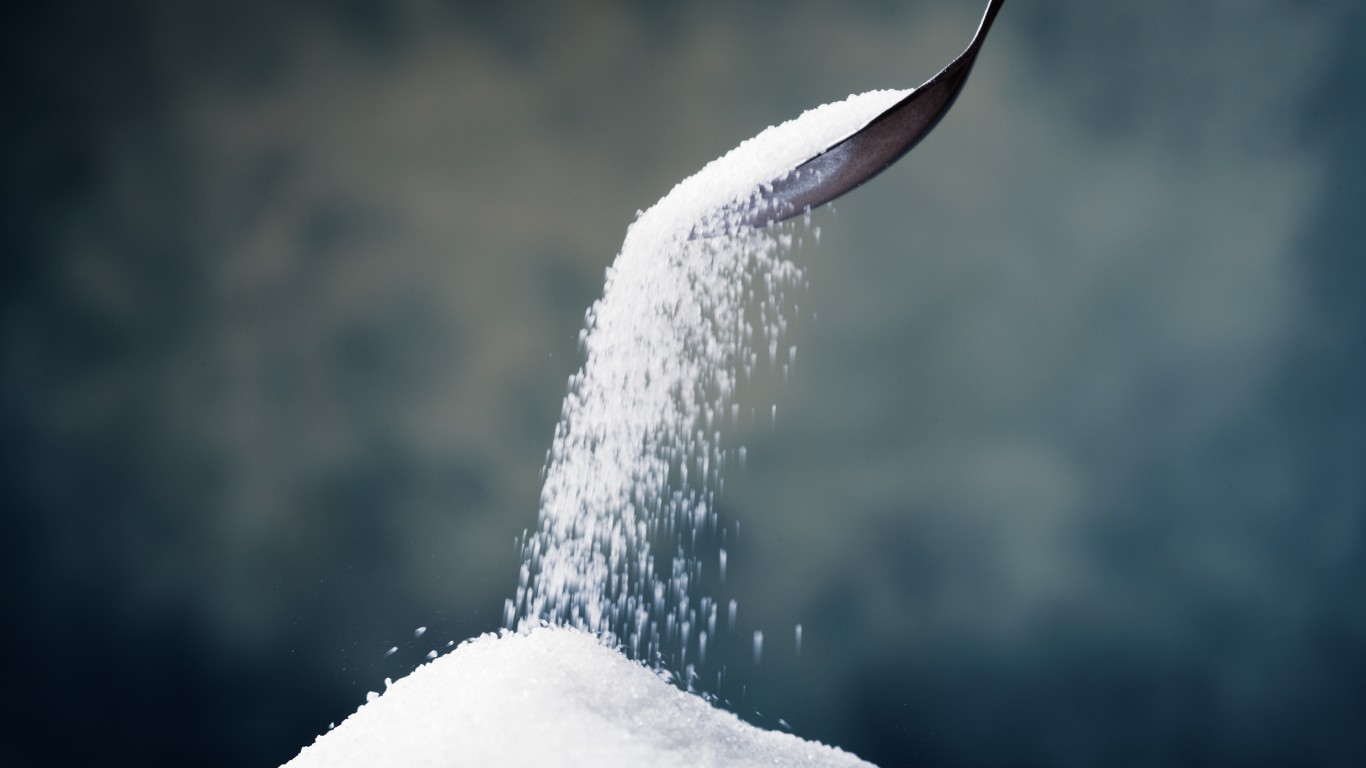
- Average tariffs: 16.4%
American farmers are one of the biggest recipients of government benefit programs and corporate welfare. The sugar industry in particular is notorious for using the government to protect itself from much cheaper foreign alternatives. If you’ve ever wondered why American candy is so expensive, you can thank the sugar industry.
Dairy Products
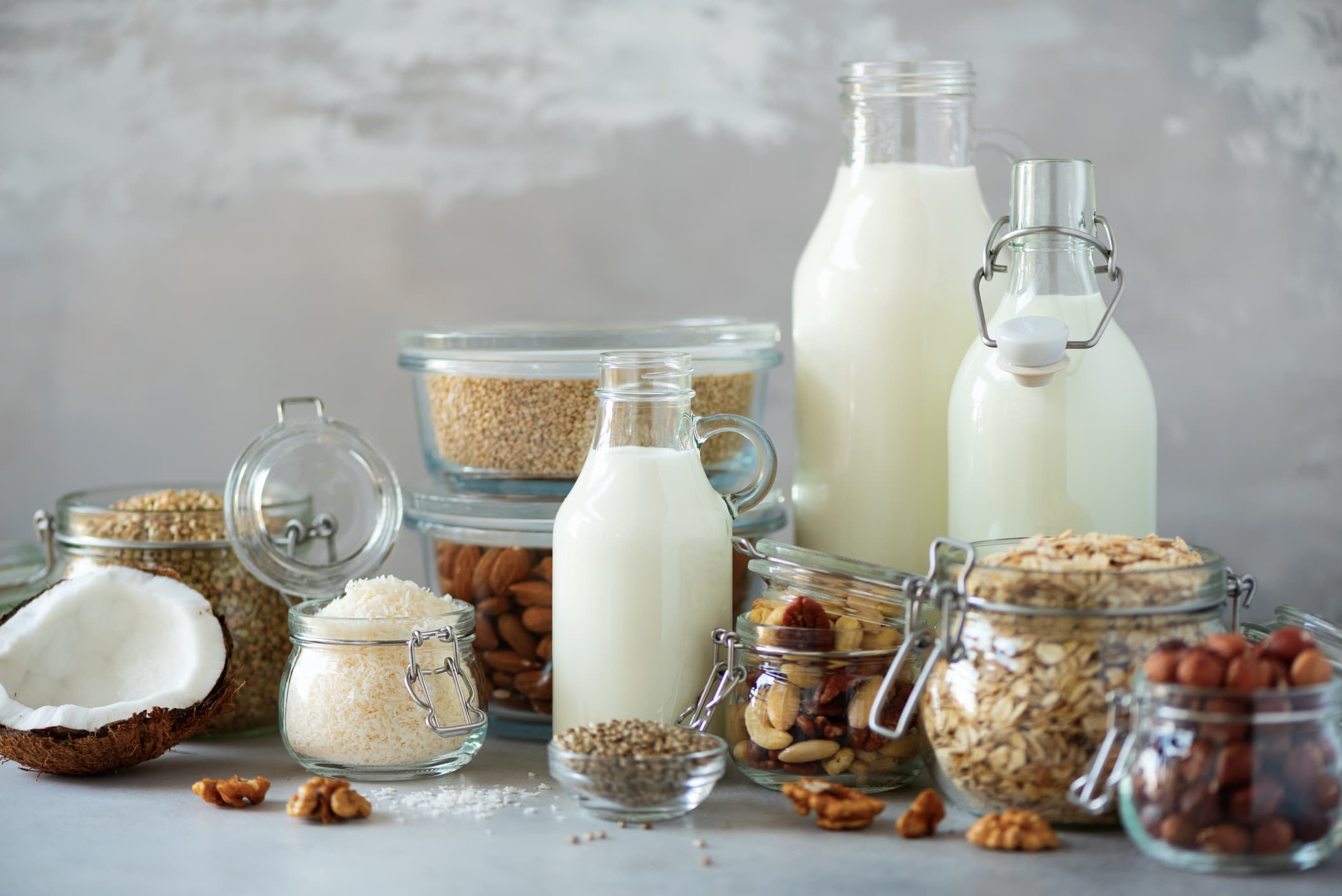
- Average tariffs: 16.6%
Remember the ‘Got Milk’ propaganda campaign? Remember the original food pyramid that was revealed to just be a corporate misinformation? The high tariffs on milk exist for the same reason: protect American milk production from cheaper foreign farmers.
Drinks and Tobacco

- Average tariffs: 19.1%
Almost every country imposes high tariffs on drinks (alcohol specifically) and tobacco, with some countries having tariffs extending into the hundreds of percentages. Typically, it is reasoned as a way to discourage people from using these harmful products. It could also be reasoned that it is government’s way of taking advantage of people’s addiction.
Malawi Goods

- Average tariffs: 23.8%
Malawi is one of the least-developed and poorest countries in the world, yet the United States imposes an average tariff of 23.8% on all goods imported from Malawi, which exports primarily agricultural products.
Leather Shoes

- Tariff for men’s shoes: 8.5%
- Tariff for women’s shoes: 10%
The charging of higher prices, or imposing higher taxes, on women’s products than men’s products is not unique to leather shoes, nor to the United States, but in this particular instance it raises the prices of women’s leather shoes to at least 10% higher than normal.
Keds-Style Sneakers

- Average tariffs: 67.2%
That’s not a typo. The United States is so focused on protecting the domestic production of keds-style sneakers that to buy a foreign version of the same product will cost you almost double its base price. You can thank tariffs and corporate greed for the fact your shoes are so expensive even though these companies produce them for pennies in foreign countries.
High-Top Sneakers

- Average tariffs: 37.5%
Again, powerful American corporations have lobbied successfully to protect domestic production from cheaper imports (even though most American companies produce their shoes using cheap slave labor).
Running Shoes

- Average tariffs: 20%
Running shoes complete our list of shoes with unusually high tariffs. If you think that shoe prices are ridiculous, you’re not alone, and you’re not wrong.
Woven Clothing
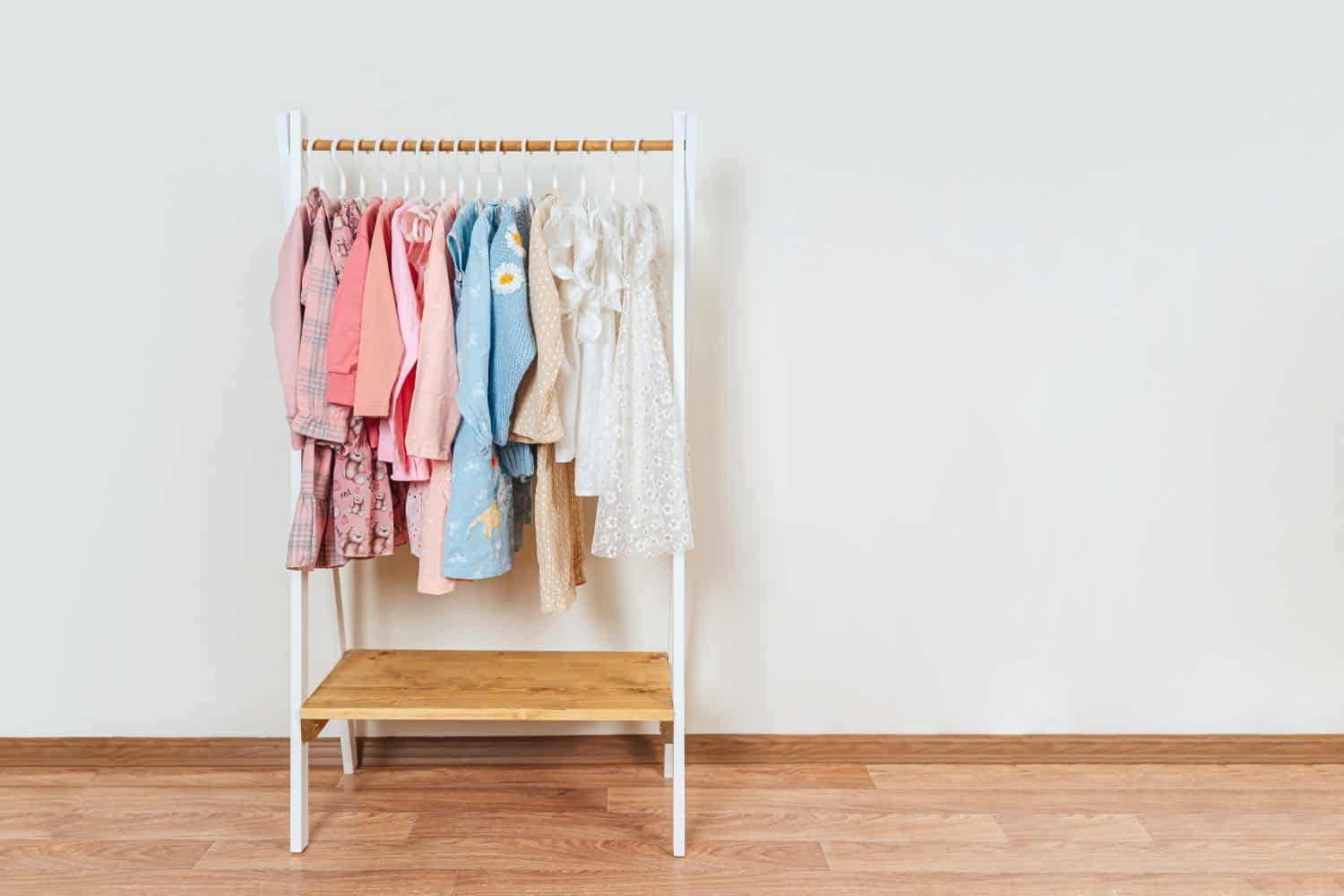
- Average tariffs: 13.2%
The schedule of U.S. tariffs goes into extreme detail on each product imaginable. Products within the same category can receive different tariffs for a variety of reasons. Woven clothing, for some reason, seems to be the focus of concerted industry protectionism.
Knit Clothing

- Average tariffs: 14.25
Our final item is knit clothing. If you wonder why knit clothing is more expensive than other clothing despite having no more expensive ingredients, materials, or production, this is why. Like the American textile industry, the U.S. clothing industry is out-produced by foreign companies that can make the same thing much more cheaply. So, to protect themselves, companies make us pay more for the products we want.
Get Ready To Retire (Sponsored)
Start by taking a quick retirement quiz from SmartAsset that will match you with up to 3 financial advisors that serve your area and beyond in 5 minutes, or less.
Each advisor has been vetted by SmartAsset and is held to a fiduciary standard to act in your best interests.
Here’s how it works:
1. Answer SmartAsset advisor match quiz
2. Review your pre-screened matches at your leisure. Check out the advisors’ profiles.
3. Speak with advisors at no cost to you. Have an introductory call on the phone or introduction in person and choose whom to work with in the future
Thank you for reading! Have some feedback for us?
Contact the 24/7 Wall St. editorial team.
